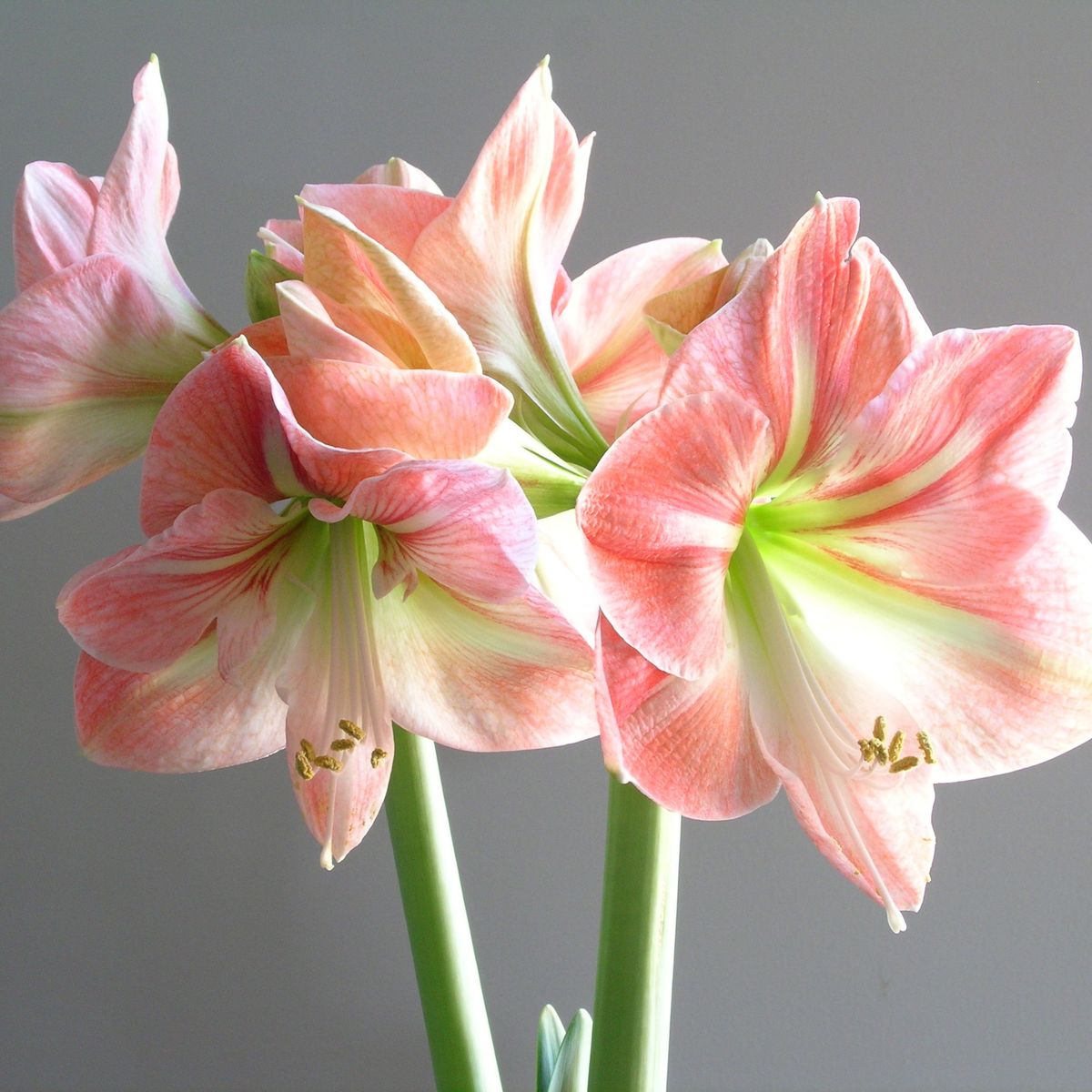It doesn’t matter whether it is my Christmas cactus or anyone else’s, as soon as I see one, I am instantly reminded of my paternal grandmother. Her plant was the inspiration behind my small collection of Christmas cactus plants, which are the oldest plants in my household.
Every spring she moved her houseplant, with the flowing stems and segmented leaves, out on the front porch to spend the summer. I can still see it sitting on its table, looking very loose and carefree when our family would visit. I can’t recall seeing it in bloom, however, even though we always made a trip to Grandma’s house near Christmas.
Growing Schlumbergera Cacti
I am not sure whether she had the actual Christmas cactus or the Thanksgiving cactus, both in the Schlumbergera genus. For those who don’t grow these plants, the difference is in the edge of the segments. The Thanksgiving cactus has claw-like projections coming from them, whereas the Christmas cactus has scalloped edges on the segments. They each bloom near its holiday, though they can bloom earlier or later, depending on environmental conditions. They are stunning in bloom, often with bright red or fuchsia colored flowers. Native to Brazilian rainforests, they need more water in the summer than a desert cactus.
Regardless of which variety she grew, my sisters and I always referred to it as a Christmas cactus. I acquired my first one many years ago, and the emotional attachment continues to grow. I look forward each winter to the exotic blooms, and I have several of them – red, fuchsia, and white. I also have a peach-colored Easter cactus that should bloom around Easter; however, mine doesn’t bloom at all. But that is another story.
My mother-in-law owned one, too, and it was her pride and joy. She summered it outdoors on the back porch with a few other houseplants. She periodically pinched the segments back, making it fuller with shorter stems on top. It was a sight to behold when it bloomed, completely covered in elongated, fuchsia flowers. I try to remember to pinch mine back occasionally, and I save the clippings to start new plants. They are amazingly easy to propagate. Just let the cut ends callous over for a few days, then insert them into a container of moist potting soil.
Getting them to bloom each winter can be tricky and the hardest part to growing Christmas cactus plants for many. I have found the best recourse is to expose them to the cool, autumn air by leaving them outside in the shade till a frost threatens. The shorter day length of fall combined with the cooler temperatures, especially at night, will initiate bud set. Then bring them inside to the warmth and light and they should open to their full glory. Once in a while, the buds may drop. But if you’re lucky, the plant will flush with blooms before that happens. Often, any secondary buds on mine will drop.
If the Christmas cactus plants remain inside during the summer, it is very important in the fall to make sure they receive about 12 hours of darkness at night. That only means to leave them in a room that you don’t use at night, like a guest room. And if the room is on the cool side, even better. Your holiday cacti still need light during the day, so it is not necessary to cover them. When the buds appear, you can move the plant back to its original location to show off its splendor.











